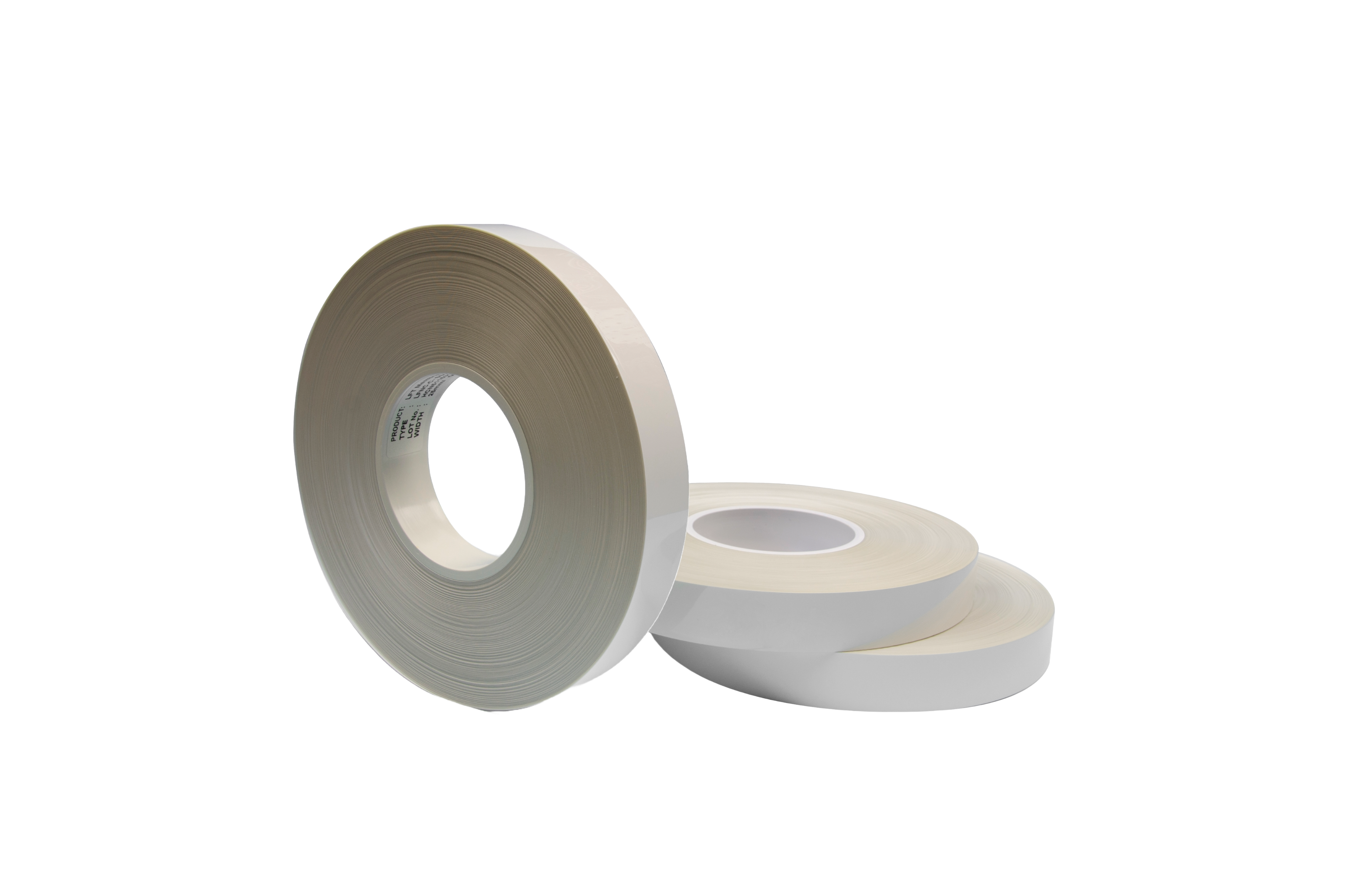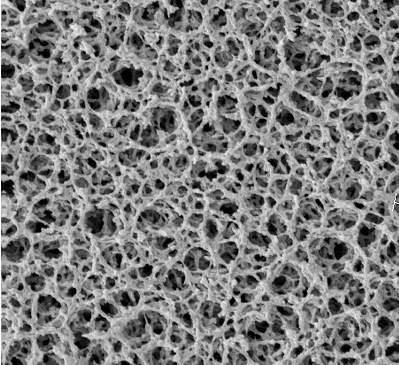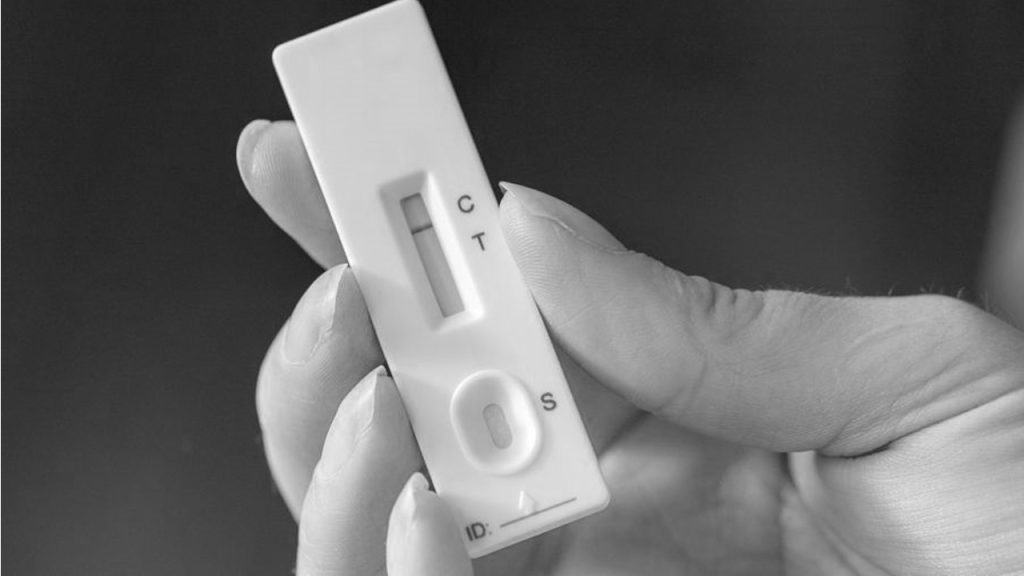MiniWick+ Nitrocellulose Membrane
Introduction
Medical diagnosis is one of the critical factors in determining subchronic and chronic diseases. In the last decade, everyone has become aware of how accurate clinical and rapid tests are important. Rapid diagnostic tests are vital and universally acceptable worldwide, as they have become a major segment in point-of-care IVD (in vitro diagnostic). Majorly two formats using micro-porous membranes are the most common in IVD devices: the lateral flow strip and the immune blot strip. The lateral flow format is by far the most popular.

MiniWick+ Type: NCPB
Recently Minipore has developed Polyester backed Nitrocellulose membrane for various diagnostic applications. Minipore has developed special nitrocellulose membranes referred as MiniWick+ which are today a reference for consistency in In-Vitro Diagnostic strips and new protein arrays. These diagnostic membranes are developed to meet the current requirement of diagnostic applications and are available in reel form as standard products to meet various needs.

SEM image of Nitrocellulose Membrane


Figure 1. Schematic view lateral flow test strip
Lateral Flow Assays (LFAs)
Lateral flow assays are a novel technology consisting of cost-effective, simple, rapid and portable detection devices that are being popularised in clinical, biomedicine, agriculture, food and environmental sciences. This type of assay has garnered considerable interest among medical regimes because of its potential to provide instantaneous diagnosis results directly to patients. LFAs are very good candidates as they are cheap to produce, easy to use and, importantly, accepted by users and regulatory authorities globally.
LFA-based tests are widely used in hospitals, physician’s offices and clinical laboratories for the qualitative and quantitative detection of specific antigens and antibodies, as well as products of gene amplification. A variety of biological samples can be tested using LFAs, including urine, saliva, sweat, serum, plasma, whole blood and other fluids. Further industries in which LFA-based tests are employed include veterinary medicine, quality control, product safety in food production, and environmental health and safety.
A lateral-flow immunoassay is an antigen-antibody interaction methodology where the analyte (sample) sweeps horizontally through the device, comes into contact with a specific reagent and migrates to a specific zone (capture zone) of membrane-immobilised antibody via capillary action. The lateral flow assay (LFA) is a paper-based platform for the detection and quantification of analyte in complex mixtures, where the sample is placed on a test device and the results are displayed within 3–30 min.
